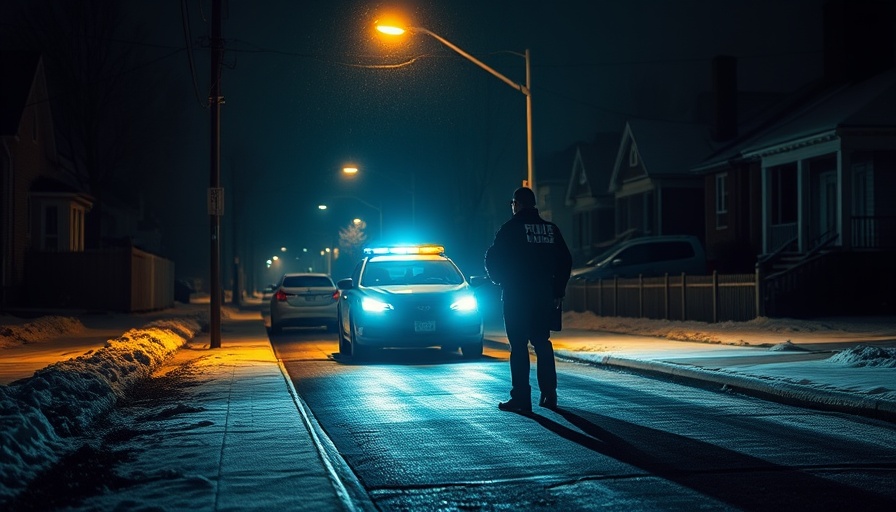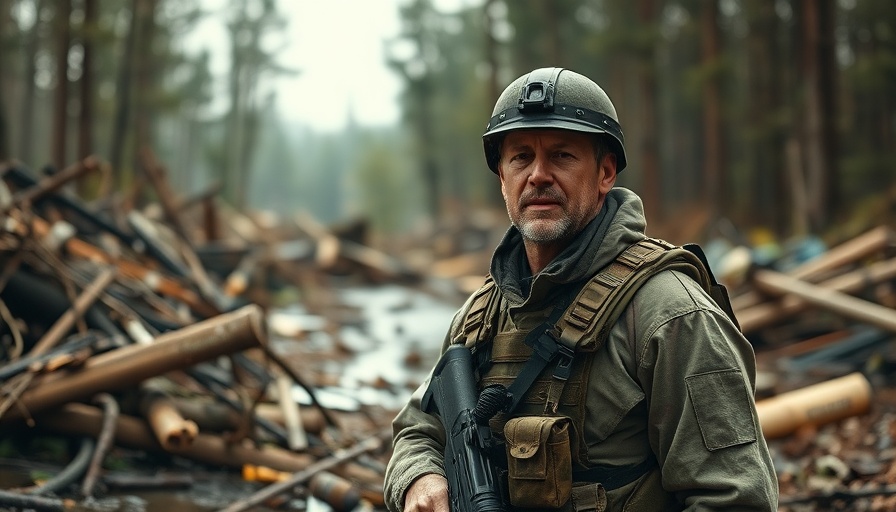
The Complexities of Law Enforcement Interactions
In today's world, the law enforcement community continually faces challenging interactions that test their training, judgment, and response times. This was poignantly illustrated in the tragic incident involving Vicente Manzo Hernandez—a situation that has sparked discussions about officer safety, community relations, and the protocols in place during traffic stops.
Understanding the Incident in Sioux City
The February shooting of 30-year-old Vicente Manzo Hernandez by Sioux City police officers was deemed "legally justified" by Woodbury County Attorney James Loomis. The case raises critical questions about the use of force and the split-second decisions officers must make in threats to their safety and that of the public. The incident unfolded when Hernandez attempted to commandeer a vehicle during a traffic stop, allegedly putting the officers at substantial risk of being run over or dragged by the fleeing car.
Insights on Officer Training and Preparedness
Officer training is a paramount aspect of ensuring the safety of both the officers and the communities they serve. As Police Chief Rex Mueller highlighted, officers are often faced with mere seconds to determine the correct course of action. This incident underlines the importance of practical training scenarios where officers practice de-escalation techniques and crisis management under stress. The effectiveness of police training programs can greatly impact the outcomes of high-stakes situations like this.
The Role of Technology in Law Enforcement
Modern policing increasingly relies on technology to aid in operations. In this case, the presence of body cameras and K9 units played pivotal roles. Body cameras can provide transparent insights into police interactions, fostering a sense of accountability among officers and trust within the community. Additionally, as Hernandez was seen texting during the incident, the use of technology not only serves in documentation but also highlights the dual challenges officers face regarding distracted behaviors from individuals.
A Broader Dialogue on Community Relations
This incident also opens the floor for a larger discussion about police-community relations. Effective communication and understanding between police forces and the communities they serve are vital. Educational programs and community engagement efforts can bridge gaps and minimize confrontational outcomes. As police departments navigate complex community dynamics, embracing transparency and fostering engagement initiatives can enhance public trust.
Moving Forward: Lessons Learned
While the investigation into the Sioux City shooting concluded without charges against the involved officers, the case serves as a reminder of the systemic challenges and critical frameworks that shape police conduct. Future policies should reflect on these complex incidents—placing a focus on both officer wellness and robust training programs to prepare officers for the unpredictable nature of their duties.
Conclusion: The Importance of Comprehensive Officer Training
As law enforcement agencies across the country strive to improve officer safety and community relations, this incident emphasizes the crucial role of training, technology, and community engagement in fostering safer environments. Policymakers and law enforcement leaders must continuously assess their strategies in policing, ensuring that the lessons learned from tragic events guide improvements in officer preparedness and community interactions.
 Add Row
Add Row  Add
Add 

 Add Element
Add Element  Add Row
Add Row 




Write A Comment